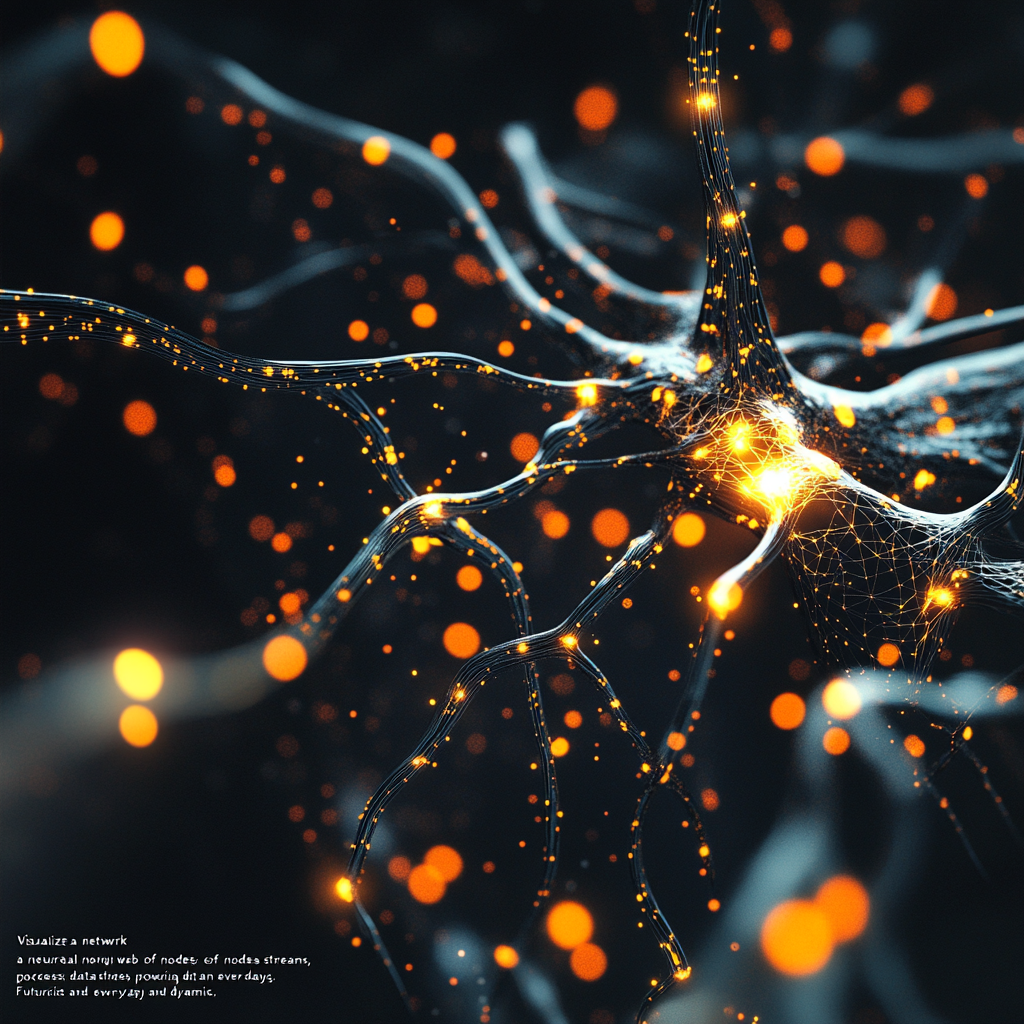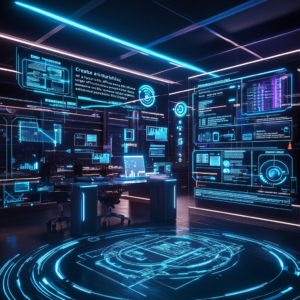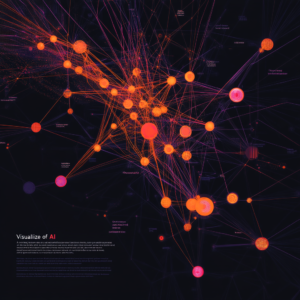
Harnessing the Magic of Neural Networks
To grasp the enchanting realm of neural networks, you need to first:
a) understand what they are and
b) see them in action (trust me, it’s more mesmerizing than a magician’s best trick).
Neural networks are not some elusive foreign creatures; they are the backbone of our digital age, lurking in algorithms and applications you interact with daily. Yet, shockingly, most folks don’t realize how these computational wonders influence their lives (and pop culture is sadly no match for their power, yes).
First off, let’s dispel a common myth: neural networks are not just “fancy math.” Forget about those dry equations that put you to sleep faster than a boring lecture on the history of paperclips. Neural networks have layers, neurons, and connections that mimic the human brain’s architecture—and they’re not just elaborate ways to classify cat videos on the internet.
Imagine a neural network as a complex web of interconnected nodes, just like your friends on social media (yes, even the guy whose posts you just scroll past). When you feed a neural network with data—a picture of a pet, a feature of a product, or a sound wave—it learns by adjusting the connections between its nodes. It’s like teaching a kid how to ride a bike: you hold the seat; they wobble; you shout encouragement; and eventually, they take off, leaving you in the dust.
Now, the real magic happens during training. This is where the network digests vast amounts of data, picking up patterns and correlations like a sponge soaking up water. Forget the days of cramming for exams; neural networks never skip study sessions. They thrive on data as a starving student thrives on pizza.
If you want to see the difference in performance, here’s a little experiment: take two neural networks, one fed on cat memes and another on high-quality, diverse images. Now, challenge them to determine whether an image contains a cat. The former one might get an embarrassing reality check; the latter? An uncontested champion. Remember, garbage in, garbage out.
As we delve deeper into this mesmerizing phenomenon, let’s talk about activation functions—these are the mystical gatekeepers that decide whether a neuron passes its message along or not. Simple, like picking up a phone call: if you don’t click “accept,” the connection doesn’t go through. Without activation functions, neural networks would be like lumbering giants, moving without direction. Thanks to them, these models make decisions that are nothing short of miraculous.
While we’re marveling over the intricacies of neural networks, let’s not forget about their training process—something that involves a hefty dose of patience and computational power. For the uninitiated, it’s like waiting for water to boil: you know it will happen, but the suspense is palpable. We tune in to the loss functions that tell us how well (or poorly) our model is doing, and like an overly competitive sports fan, we cheer when the numbers improve.
At this point, you might wonder what types of neural networks we’re dealing with in the wild. There are Convolutional Neural Networks (CNNs) honing in on images—think facial recognition technology that identifies your selfies (which, let’s face it, only confirms that you took ten minutes to find the right angle). Then there are Recurrent Neural Networks (RNNs) that deal with sequential data, perfect for decoding the complexities of human language and generating chat responses so seamless you’ll think you’re talking to your best friend.
But that’s not all! Autoencoders, Generative Adversarial Networks (GANs)—the names alone sound like characters in a sci-fi novel, don’t they? They are real interactions behind the curtains of our digital lives. Want a fake but photo-realistic image of a mythical creature? GANs have got your back. It’s as if the artists of the digital age have teamed up with computer scientists to unleash a deluge of creativity that not even the greatest painters could imagine.
Now, let’s pivot to automation—the enchanting dance of technology and human ingenuity. In daily life, automation enhances productivity, liberates us from mundane tasks, and essentially allows us to accomplish things faster. Need your house cleaned? There’s a robot for that. Looking to turn your garden into a paradise without breaking a sweat? Say hello to automated watering systems!
Of course, we can’t gloss over the reality that automation also comes with its challenges. The fear of job displacement looms large—like that ominous storm cloud that threatens to rain on your parade. But it’s crucial to recognize that every technological revolution throughout history has sparked debates on similar lines. Just as the advent of the washing machine didn’t erase the existence of laundry services, automation will redefine roles rather than obliterate them altogether.
Think about it: with machines taking over repetitive tasks, we are free to dive into more complex, creative pursuits. It’s like a grand invitation to rewrite our collective narratives, where innovation reigns supreme.
In conclusion, the world of neural networks and automation isn’t just about robots replacing humans; it’s about humans embracing technology to enhance our capabilities. We’re on the brink of a transformative era where these tools not only streamline our routines but spark new ways of thinking.
So, the next time you find yourself marveling at a selfie-perfect cat picture or an automated solution that makes your life easier, remember: behind that technology lies a world of neural networks working intensely to decode and articulate the complexity of our requests.
Want to stay up to date with the latest news on neural networks and automation? Subscribe to our Telegram channel: @channel_neirotoken

